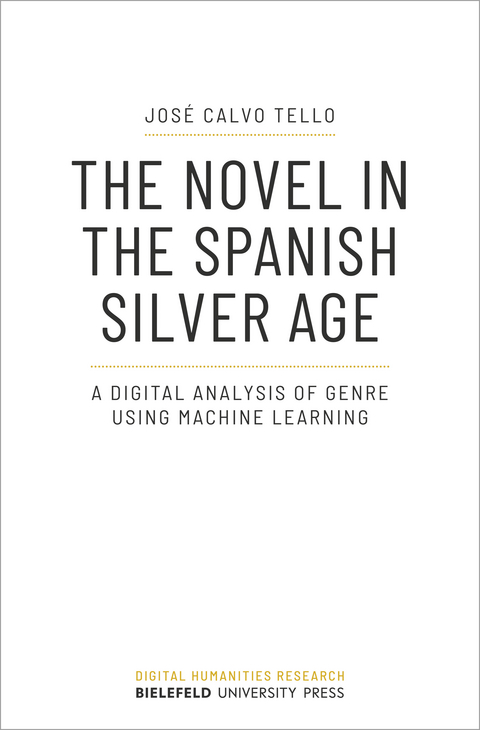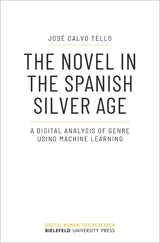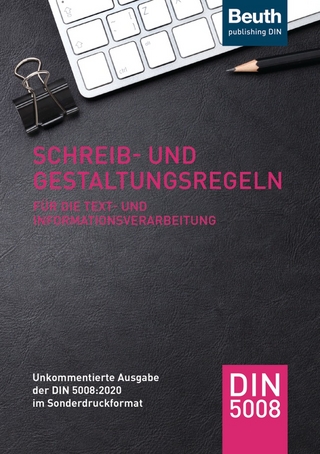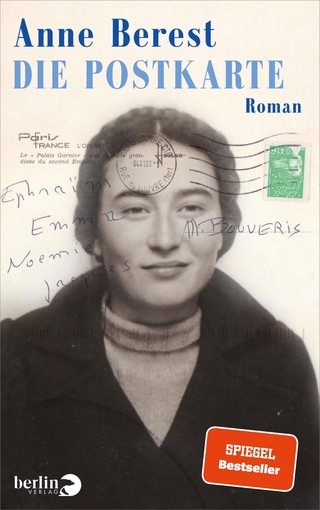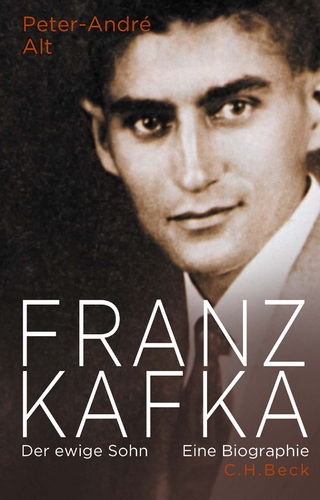The Novel in the Spanish Silver Age
A Digital Analysis of Genre Using Machine Learning
Seiten
What are genres? This research applies digital methods such as machine learning to understand the Spanish novel between 1880 and 1939.
What distinguishes an adventure novel from a historical novel? Can the same text belong to several genres? More to one than to another? Have some existing genres been overlooked? To answer these and similar questions, José Calvo Tello combines methods from Linguistics (lexicography), Literary Studies (genre theory), and Computer Science (machine learning, natural language processing). Located in the interdisciplinary field of Digital Humanities, this study analyzes a newly developed corpus of 358 Spanish novels of the silver age (1880-1939), which includes authors like Baroja, Pardo Bazán, or Valle-Inclán. Calvo Tello's key result is a graph-based model of literary genre that reconciles recent theoretical approaches.
What distinguishes an adventure novel from a historical novel? Can the same text belong to several genres? More to one than to another? Have some existing genres been overlooked? To answer these and similar questions, José Calvo Tello combines methods from Linguistics (lexicography), Literary Studies (genre theory), and Computer Science (machine learning, natural language processing). Located in the interdisciplinary field of Digital Humanities, this study analyzes a newly developed corpus of 358 Spanish novels of the silver age (1880-1939), which includes authors like Baroja, Pardo Bazán, or Valle-Inclán. Calvo Tello's key result is a graph-based model of literary genre that reconciles recent theoretical approaches.
José Calvo Tello, born in 1987, works as a researcher and subject librarian at Göttingen State and University Library. He obtained his doctorate in Humanities from the Julius-Maximilians-Universität Würzburg (Germany) with a thesis about machine learning and other computational methods applied to the Spanish novel. His research is focused on the application and development of computational methods such as machine learning and natural language processing applied to romance literatures and library records.
Besprochen in: Anales de Literatura Espaola, 37 (2022), Dolores Romero López
Besprochen in:Anales de Literatura Espaola, 37 (2022), Dolores Romero López
| Erscheinungsdatum | 07.10.2021 |
|---|---|
| Reihe/Serie | Digital Humanities Research ; 4 |
| Verlagsort | Bielefeld |
| Sprache | englisch |
| Maße | 148 x 225 mm |
| Gewicht | 618 g |
| Themenwelt | Geisteswissenschaften ► Sprach- / Literaturwissenschaft ► Literaturwissenschaft |
| Geisteswissenschaften ► Sprach- / Literaturwissenschaft ► Romanistik | |
| Schlagworte | Bielefeld University Press • digital humanities • Literature • Romance Studies • Science • Spanish Literature • Theory of literature |
| ISBN-10 | 3-8376-5925-9 / 3837659259 |
| ISBN-13 | 978-3-8376-5925-2 / 9783837659252 |
| Zustand | Neuware |
| Haben Sie eine Frage zum Produkt? |
Mehr entdecken
aus dem Bereich
aus dem Bereich
Buch | Softcover (2020)
Beuth (Verlag)
19,90 €
